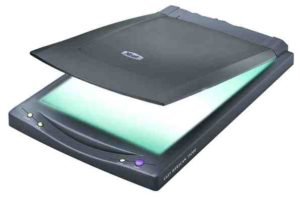 An image scanner is an essential office device that optically scans a photograph, printed material, handwriting, or an object, and converts it to a digital image which can then be viewed on a PC, printed out or sent as attachment via email. It has become an important part of the office over the last few years.
An image scanner is an essential office device that optically scans a photograph, printed material, handwriting, or an object, and converts it to a digital image which can then be viewed on a PC, printed out or sent as attachment via email. It has become an important part of the office over the last few years.
Image scanners come in a variety of types but the most wildly used are the flatbed scanners and handheld scanners. The former, also called a desktop scanner, is comprised of a glass pane, where the object to be scanned is laid, a light source and a moving optical array which captures the image.
Handheld scanners, on the other hand, is a wand-like device with capturing device underneath. It relies on the user to move the device when scanning. This type of scanner typically does not provide good image quality but can be useful when quickly capturing text.
When shipping a scanner, it must be properly packed to protect it from damage during transit. Here are tips on how to properly pack and ship a scanner.
Just like most electronic devices, a scanner is best shipped double boxed in its original packaging. Place the scanner in its original packaging and ensure that it, as well as its accompanying accessories, are snug in their compartments and do not move. Fill any empty space with bubble wrap to prevent shifting. Close and seal the package and place in a slightly larger shipping box filled with packing materials on all sides, top and bottom to keep the inner box immobile. Close the outer box and seal securely with packaging tape.
If the original box is not available, wrap the scanner generously with bubble wrap and secure with tape. Do the same with the accessories and arrange all items in a box filled with packing materials all around. The box should be well packed to prevent any movement. Double box the package as described above.
Address and label the package and take to the post office or shipping company.
